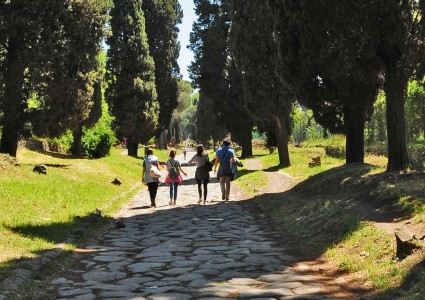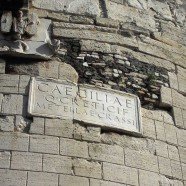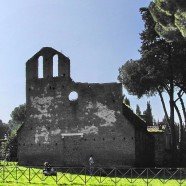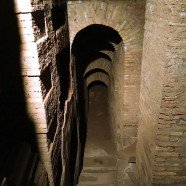
3-hour tour with transfer
Built in 312 BC by the consul Appio Claudio Cieco, the Appia Antica was considered the "Regina Viarum" because it allowed the Romans to reach the south as far as Brindisi.
Our private guided tour on the Appia Antica, one of the extra-urban roads of Rome, is an opportunity for an excursion to a suggestive place surrounded by one of the largest open-air archaeological parks in the city, accompanied by our expert tour guide and private driver. Noteworthy are the Mausoleum of Romulus and the Circus of Maxentius, the best preserved. We will then pass into the fell of Castrum Caetani, whose core is the famous Mausoleum of Cecilia Metella, transformed into a tower of the fort in the Middle Ages.
You’ll continue on to the catacombs where you’ll find that in the 1st century AD, Christian cemeteries did not exist in Rome. Roman custom tended towards cremation, but Christians, believing in bodily resurrection, would not cremate their dead. However, few Christians had enough money to purchase land to bury their dead, and thus the catacombs were born. Today you can explore the hidden corners of Rome’s catacombs and learn the fascinating story behind these troubled tombs.
Some of the most representative pictures of this tour
Discover the main stops of this tour

It is one of the most important funerary monuments in Ancient Rome, located at the heart of the Appian Way Archaeology Park. This 11-metre high tomb is a symbolic monument that can be seen along the road, built during the 1st century BC to honor Caecilia Metella, who was the daughter of a consul lived in 69 BC.

This deconsecrated and ruined 14th century church is located on the Via Appia Antica, opposite the Mausoleum of Cecilia Metella. Dedicated to St Nicholas of Myra, this church is now devoid of ornaments and roofless, but full of history. Internally, it is still possible to see the settings for transverse stone arches separating the bays, which would have supported the vanished wooden roof.

The Christians of Rome began to excavate their own community cemeteries (known today as ‘catacombs’) at the beginning of the second half of the 2nd century AD, when a few wealthy families, having been converted to the Christian faith, donated their lands to the Church. The catacombs are extremely important for the history of Early Christian art, as they contain the great majority of examples from before about 400 AD, in fresco and sculpture.
Some useful information for your experience
Expert and licensed guide, private transfer, entrance ticket, full on-site assistance, sterilized earphones (from 5 people upwards).
Suggested start time: 9.00 am / 2.30 pm.